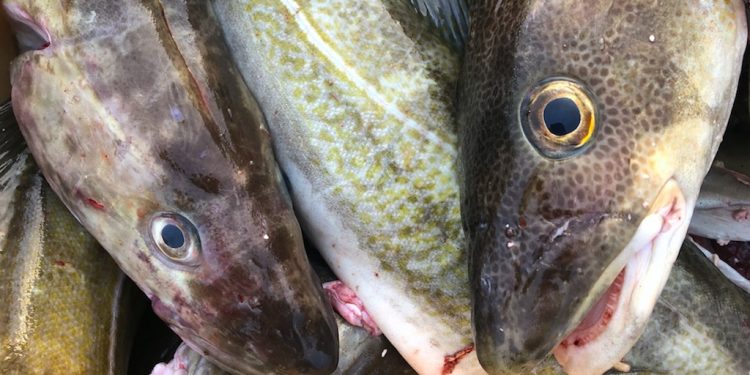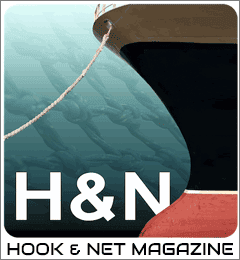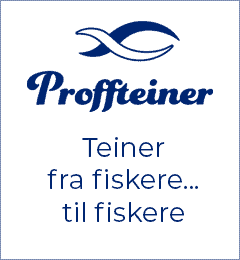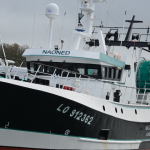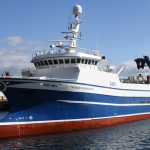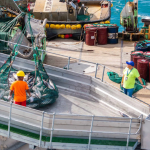It sounds slightly wrong, but Iceland’s groundfish sector has seen cod generate some of the best revenues ever least year, despite catch levels being at their lowest in practically a decade.
Cod has long been the key groundfish species for the Icelandic seafood sector, and since 2009 has accounted for around 39% of seafood export values, and around 16% of the value of all exported goods. With services taken into account, cod is still worth 9% of exports, and this has been a steady proportion for some years.
According to SFS, the export values generated by cod have risen steadily in recent years, but the striking figure is that the value of each exported kilo of Icelandic cod has roughly doubled since 2009.
‘This demonstrates that fish as it comes out of the water is no standard product and value isn’t generated autimatically once a fish has been caught,’ an SFS representative commented.
‘It has to be turned into a value product and sold on export markets. Competition is fierce and there are demands for quality, speed, delivery times, traceability and environmental factors that are constantly increasing. There’s no opportunity to relax. To meet the demands of the market and to maximise product values, Icelandic producers are constantly making efforts to improve the value chain, from catching to sale.’
Official figures indicate that the greatest increase in cod production since 2009 has been in fresh fillets. This is the sector that creates the highest values and demands high-tech processing systems. The value of fresh fillet exports accounted for 21% of cod exports in 2009, and this has risen to 37% in 2021, indicating where the growth in overall values lies as higher value products have been shipped to consumers overseas.
At the other end of the scale, over the same period exports of salted production, mainly to Spain and Portugal, has declined significantly. These accounted for 40% in 2009, but by 2021 this had dropped to 21%. At the same time, exports to the French market which demands fresh products has tripled.
According to figures collated by the Iceland Ocean Cluster, the focus on the production of side-stream products has led to a usage rate of around 90% in Iceland for cod, while in neighbouring countries the usage rate is 45-55%.

